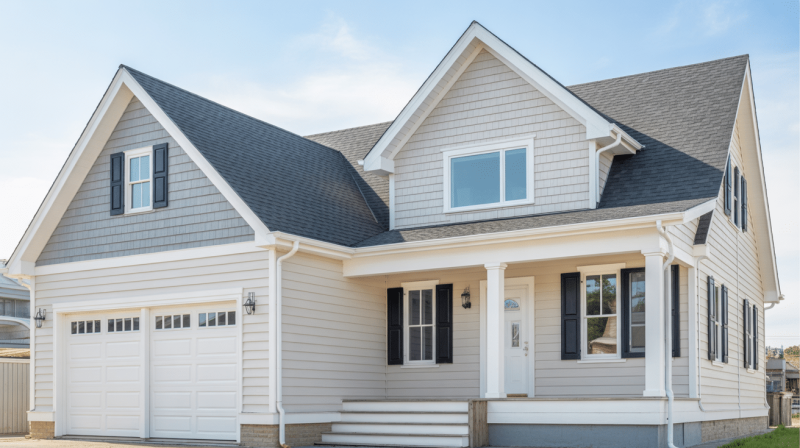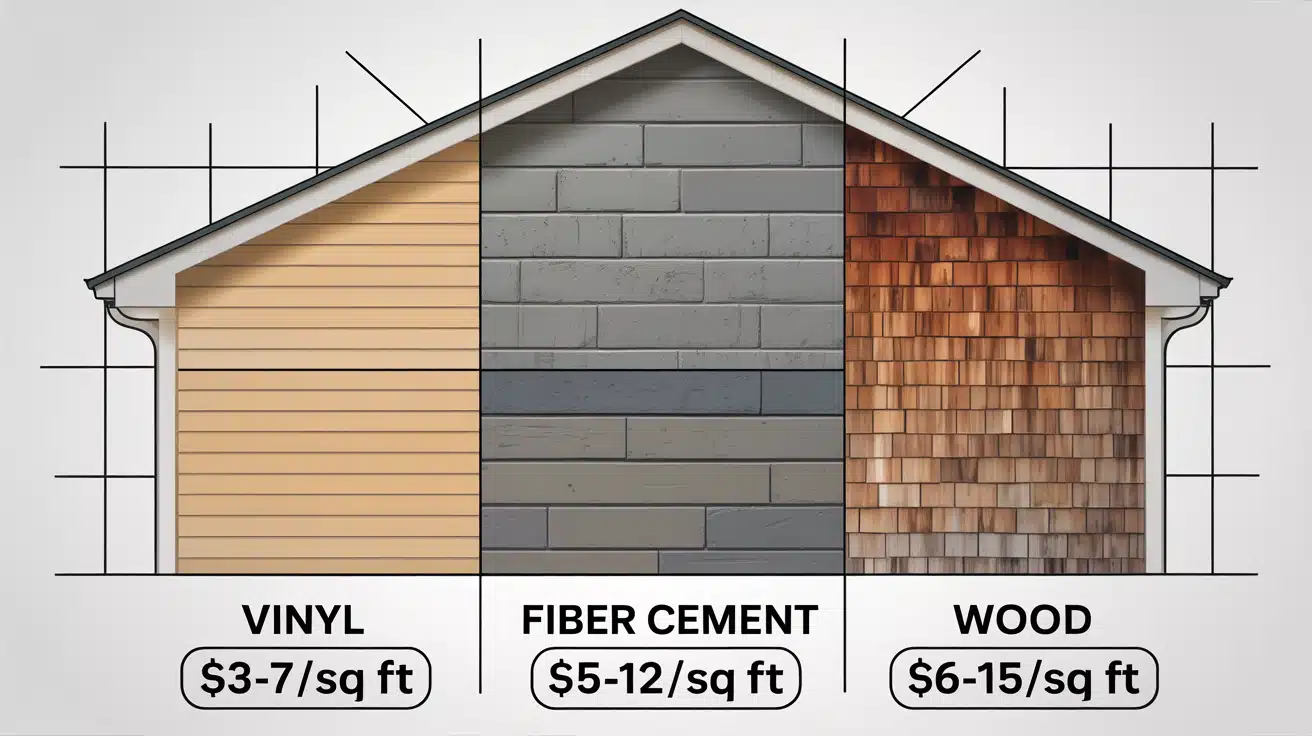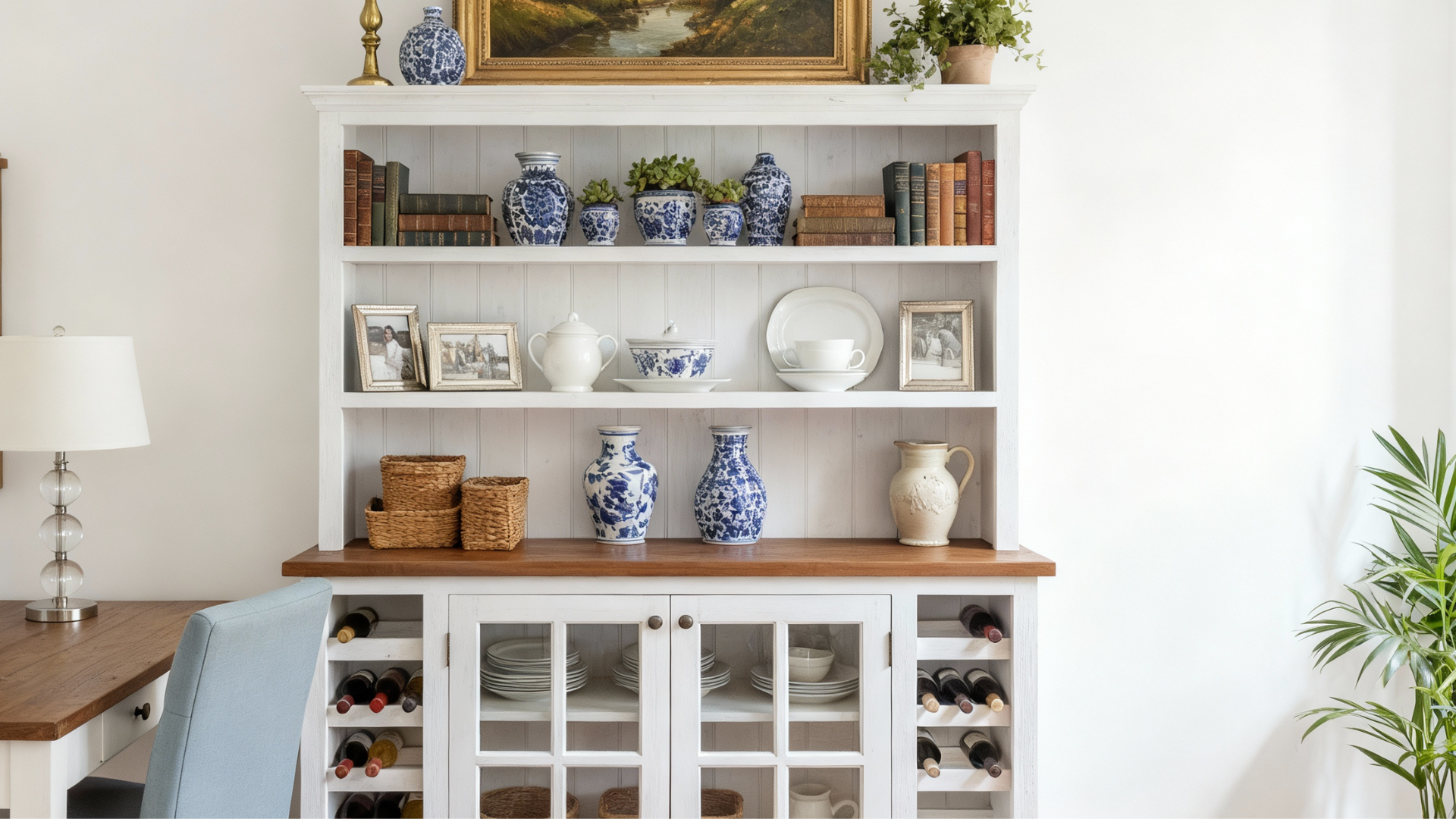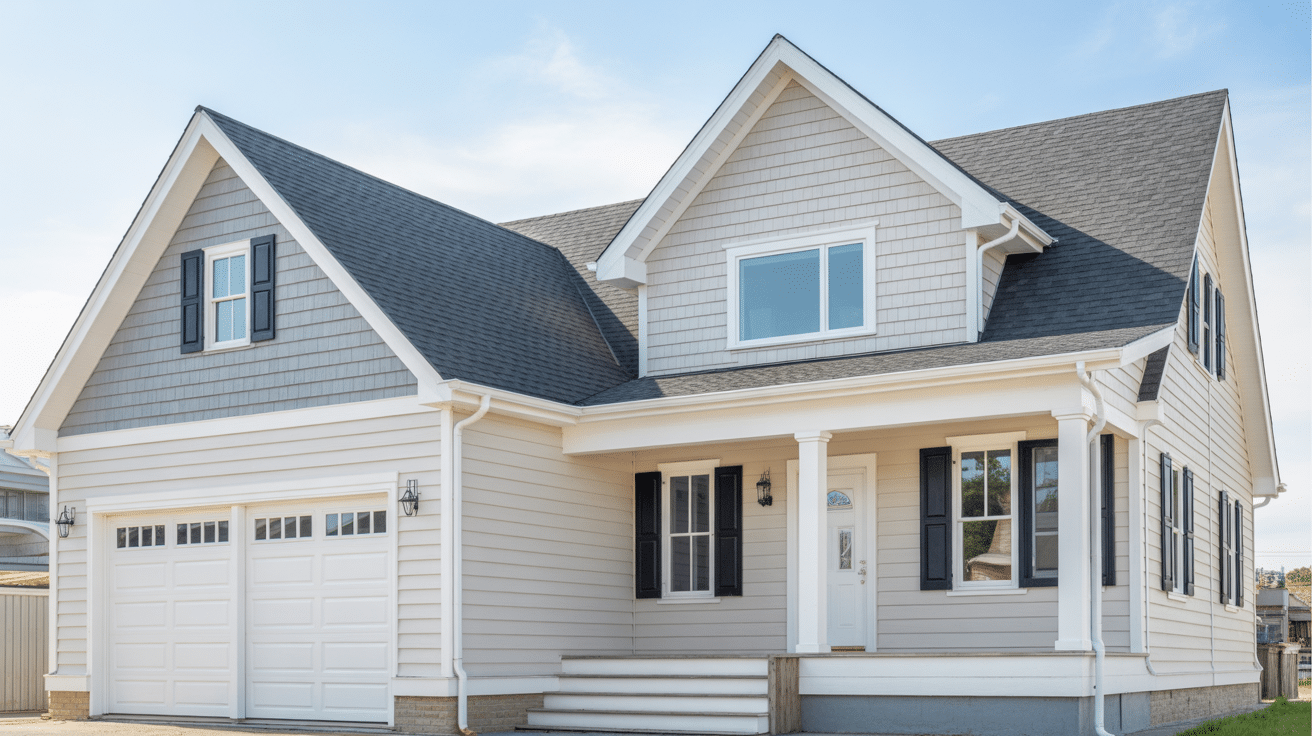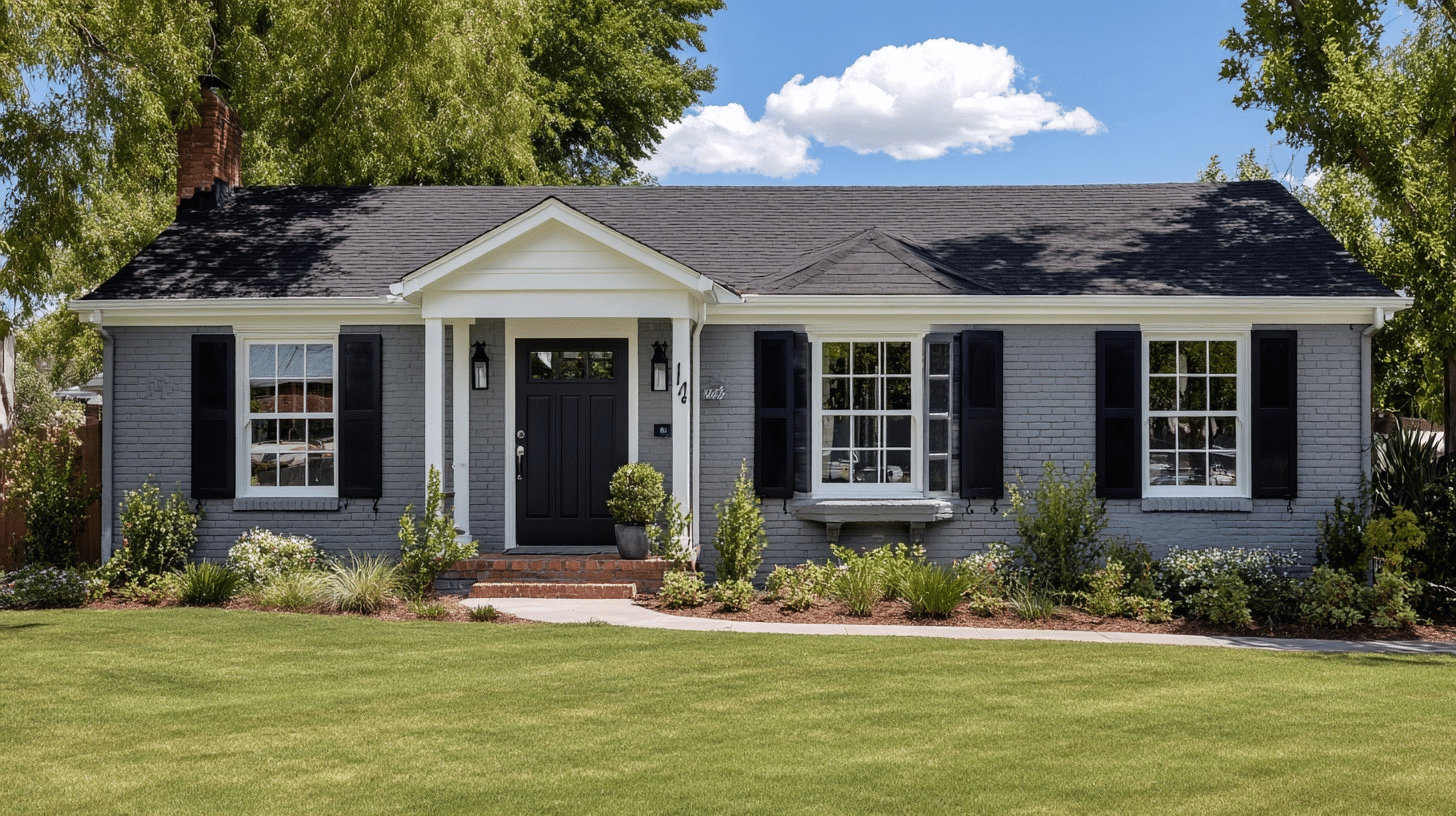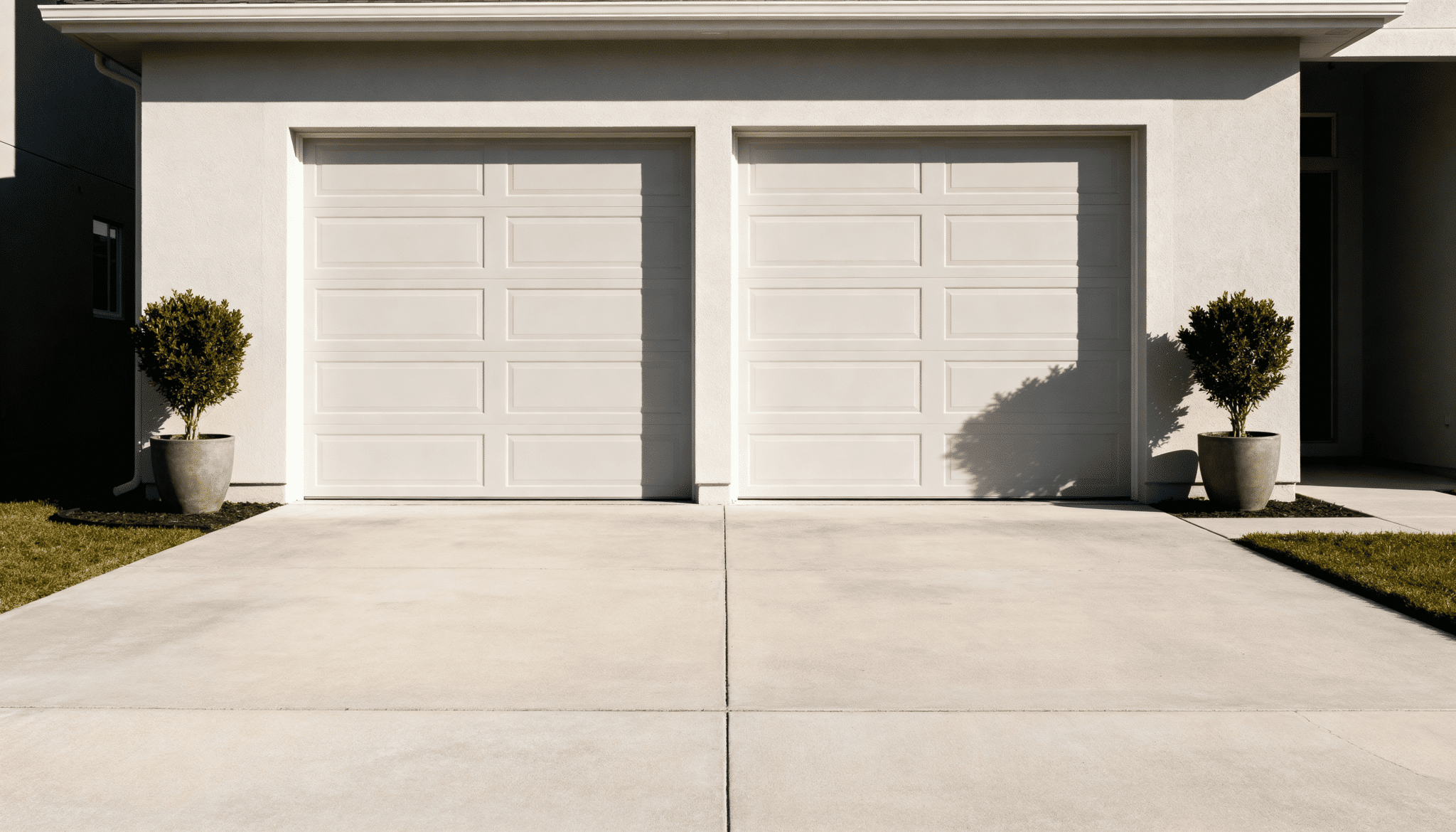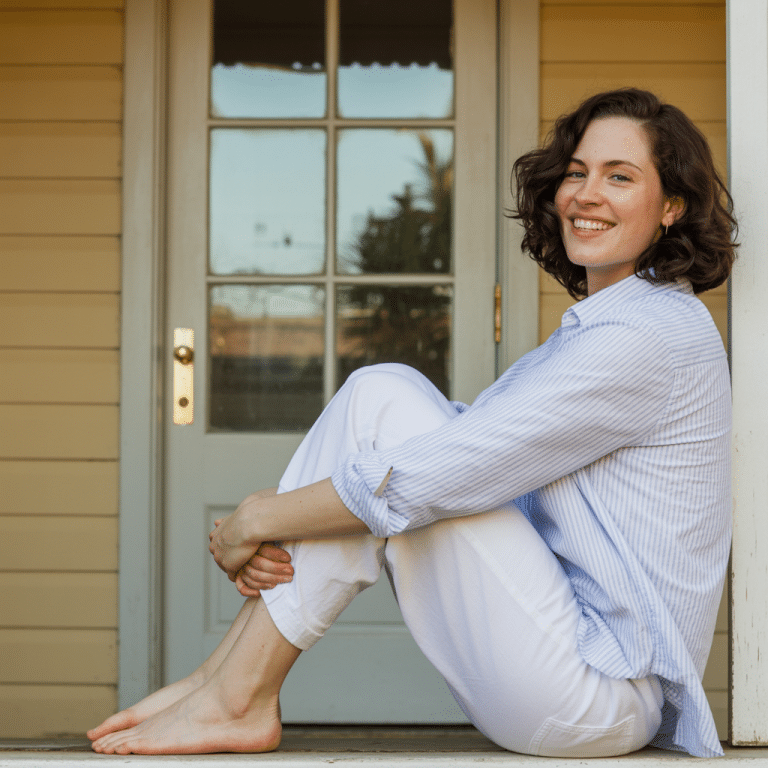House siding replacement is one of the most significant home improvement investments, with costs varying widely based on material choice, home size, and location.
Understanding pricing helps you plan your budget and make informed decisions.
This blog compares siding prices across top stores, breaks down costs by material type and home size, and provides strategies to save money on your project.
Compare House Siding Prices from Top Stores
| Material | Product & Store | Price Snapshot | Key Feature |
|---|---|---|---|
| Vinyl Siding | Ply Gem Double 4.5″ x 145″ White Dutch Lap – The Home Depot | $8.98 each (approx. 1 panel covers ~49 sq ft) | Budget-friendly vinyl, large-panel coverage |
| Fiber Cement | James Hardie HZ10 Straight Fiber Cement Smooth Panel – Lowe’s | “Get Pricing & Availability” – premium durability option | High-end fiber cement, long lifespan |
| Fiber Cement (Lap) | James Hardie Primed HZ10 0.312″ x 8″ x 144″ Lap Siding – Lowe’s | Listing shows board details, pricing on-site | Classic lap look in fiber-cement |
Note: These are current store listings; actual cost per square foot will vary based on panel size, waste, local delivery, and region.
Average House Siding Costs
Average installed cost: $10.00 per square foot across all materials and regions
Average total cost for typical home (2,500 sq ft): $25,000
Average Cost by Material Type
- Vinyl Siding: $5.50 per square foot
- Fiber Cement: $9.00 per square foot
- Wood (Cedar): $11.50 per square foot
- Metal (Aluminum): $10.00 per square foot
- Engineered Wood: $6.50 per square foot
- Brick Veneer: $15.00 per square foot
- Stone Veneer: $18.50 per square foot
- Stucco: $10.50 per square foot
Average Costs by Home Size
- 1,500 sq ft Home: $15,000
- 2,000 sq ft Home: $20,000
- 2,500 sq ft Home: $25,000
- 3,000 sq ft Home: $30,000
Installation Component Costs (Average)
- Labor: $4.00/sq ft
- Old Siding Removal: $2.00/sq ft
- House Wrap: $1.00/sq ft
- Trim: $5.00/linear ft
- Insulation: $1.25/sq ft
How to Estimate How Many Square Feet of Siding You Need
Before budgeting for materials or installation, you need to know your home’s total exterior surface area.
Estimating square footage helps you get accurate quotes and prevents overspending on materials.
Step-by-Step Calculation
- Measure each exterior wall: Multiply the height by width to get the square footage of each wall.
- Subtract openings: Deduct the area of windows, doors, and garage openings.
- Add extra for waste: Include 5–10% for trimming, overlaps, and cutting errors.
- Calculate total: Sum up all wall areas to get your total siding square footage.
Example
A single-story home with four 25 ft × 10 ft walls = (25 × 10 × 4) = 1,000 sq ft, minus 100 sq ft for openings = approximately 1,100 sq ft total after waste allowance.
Most professional siding contractors use the same formula. You can also use free online siding calculators to confirm your estimate before purchasing materials.
How Much Does Vinyl Siding Cost
Vinyl siding remains the most affordable and widely used exterior option in. It offers durability, low maintenance, and comes in dozens of colors and textures.
Average Cost:
- $4 – $12 per sq ft installed
- $8,000 – $24,000 total for a 2,000 sq ft home
By Quality:
| Grade | Installed Cost | Best For |
|---|---|---|
| Economy | $3 – $5 / sq ft | Budget remodels |
| Standard | $4 – $7 / sq ft | Most homes |
| Premium (Insulated) | $7 – $12 / sq ft | Energy efficiency & longevity |
Key Factors:
- Material thickness & insulation
- Home size and complexity
- Regional labor costs
Vinyl is ideal if you want low upfront cost and easy upkeep without sacrificing curb appeal.
Cost Factors, Hidden & Additional Expenses
Understanding what drives your siding costs helps you budget accurately and avoid surprises.
| Cost Factor | Typical Impact on Price | Notes |
|---|---|---|
| Home Size & Layout | + $3–$7 / sq ft | Larger or complex exteriors (multi-story, gables) increase labor. |
| Material Type & Quality | + $2–$15 / sq ft | Premium materials (fiber cement, stone) cost more than vinyl. |
| Labor Rates by Region | + 15–30 % | Installation costs vary by local market. |
| Old Siding Removal | + $1,000–$3,000 | Includes disposal and prep work. |
| Trim, Soffits & Fascia | + $500–$2,000 | Often quoted separately from siding. |
| Insulation or Weather Barrier | + $0.50–$2 / sq ft | Optional for energy efficiency. |
| Permits & Local Fees | + $200–$600 | Required in many municipalities. |
Hidden Costs to Watch For
- Structural repairs once old siding is removed.
- Painting or staining (for wood or fiber cement).
- Extra delivery or scaffolding fees in urban or remote areas.
Get a detailed written quote that lists every line item, materials, removal, trim, permits, to avoid mid-project cost surprises.
Regional Siding Cost Comparison
| Region / Example State | Typical Cost Multiplier* | Estimated Cost for 2,500 sq ft Home | Notes |
|---|---|---|---|
| Midwest (e.g., Iowa, Kansas) | ~0.90 × national average | ~$22,500 (based on $10.00/ft² baseline) | Lower labor & material transport costs |
| South (e.g., Alabama, Tennessee) | ~0.85 × national average | ~$21,250 | Generally lower wage rates, fewer material mark-ups |
| Northeast (e.g., New York, Massachusetts) | ~1.15–1.20 × national average | ~$28,750–$30,000 | Higher labor costs, stricter building codes |
| West Coast (e.g., California, Oregon) | ~1.10–1.25 × national average | ~$27,500–$31,250 | Higher materials & shipping, coastal certifications |
| Rural / Lower-cost markets | ~0.70–0.80 × national average | ~$17,500–$20,000 | Reduced overhead, less competition, simpler homes |
Based on national average installed cost of $10.00/ft² for 2,500 sq ft home (your baseline).
Estimated cost = multiplier × $25,000
How to Save on Siding
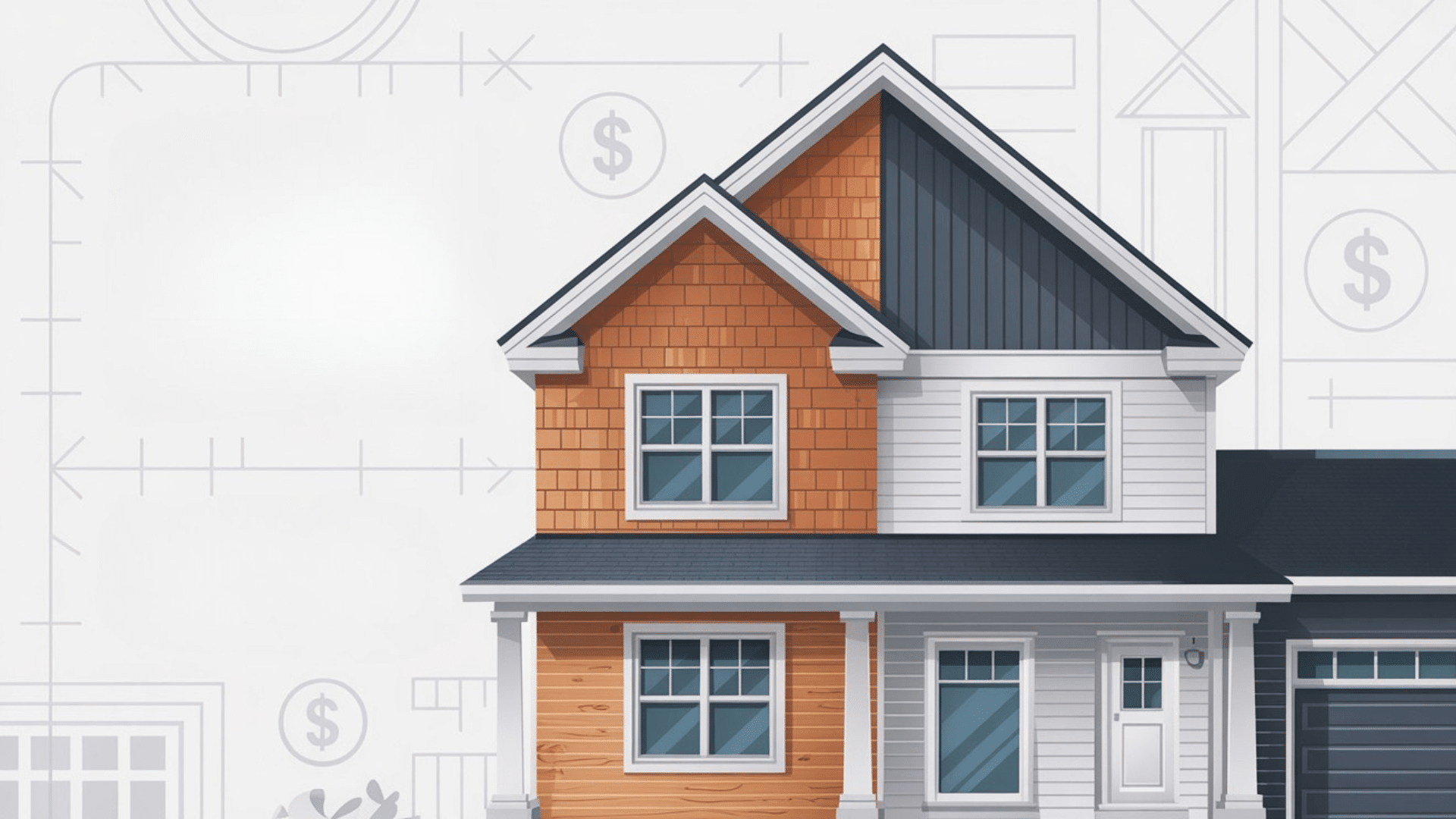
Smart planning can reduce siding costs significantly without sacrificing quality.
- Time it right: Install during off-season months when contractors are less busy for lower labor costs. Book ahead to avoid rush charges.
- Choose wisely: Budget-friendly vinyl offers excellent durability at lower costs. Use standard colors and save premium materials for visible areas only.
- Shop around: Get multiple quotes, negotiate rates, and buy materials directly from suppliers when possible. Hire local contractors to avoid travel fees.
- DIY when appropriate: Handle prep work or old siding removal yourself if experienced, but leave installation to professionals.
- Be strategic: Repair instead of replace when possible. Focus spending on front-facing areas and use standard options elsewhere.
- Finance smart: Use favorable home improvement loans and research energy-efficient tax credits or utility rebates.
- Skip extras: Avoid unnecessary extended warranties and premium upgrades that don’t add proportional value.
- Maintain well: Regular cleaning and prompt repairs extend siding life, preventing costly premature replacement.
These strategies can save thousands while delivering quality results that protect your home for decades.
Is New House Siding a Good Investment?
Yes, new siding is one of the best-value home upgrades. Homeowners typically recover 75%–90% of the project cost in resale value.
Vinyl siding offers approximately 80% ROI, while fiber cement reaches 85%–88%.
Beyond resale value, new siding boosts curb appeal, improves energy efficiency by reducing heating and cooling costs, and protects your home from weather and moisture damage.
Modern materials like vinyl and fiber cement require minimal maintenance compared to older wood siding.
New siding makes sense whether you’re selling soon or staying long-term.
Sellers recoup costs through higher sale prices, while long-term owners enjoy ongoing energy savings and lower maintenance expenses.
The Bottom Line
New siding is a valuable home improvement investment that enhances curb appeal, protects your home, and delivers strong financial returns.
By understanding house siding costs, comparing options across retailers, and choosing materials that fit your budget, you can make informed decisions that maximize value.
Strategic planning and smart shopping can significantly reduce expenses while maintaining quality.
However, if you’re preparing to sell or improving your home for the long term, new siding offers lasting benefits that make it worth the investment.


